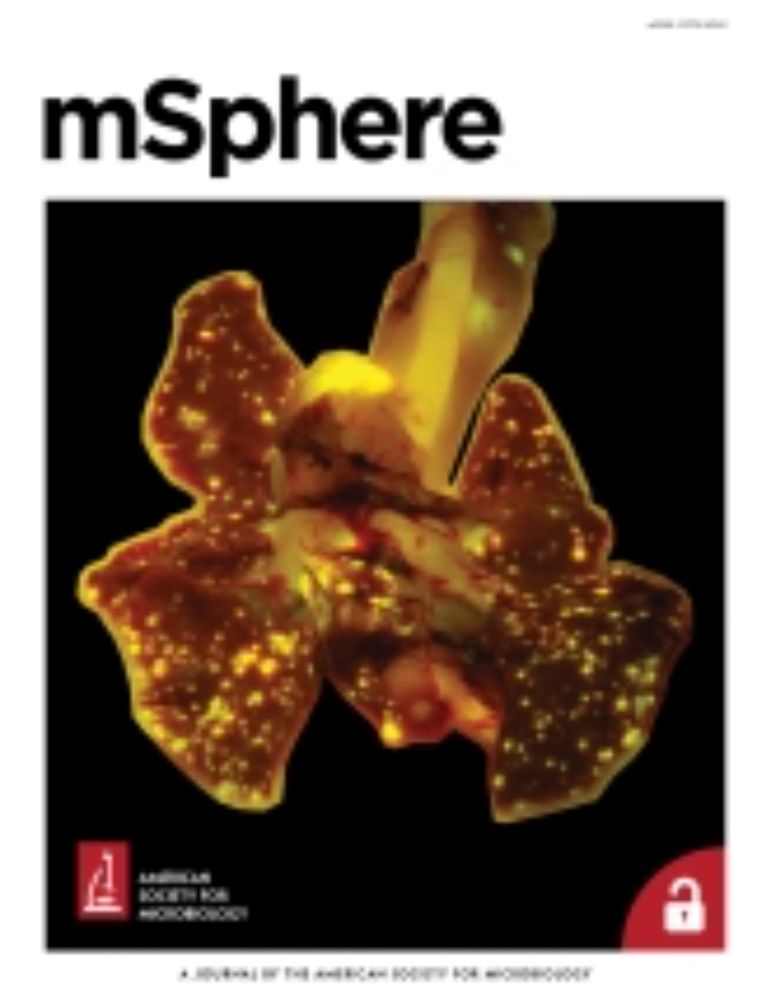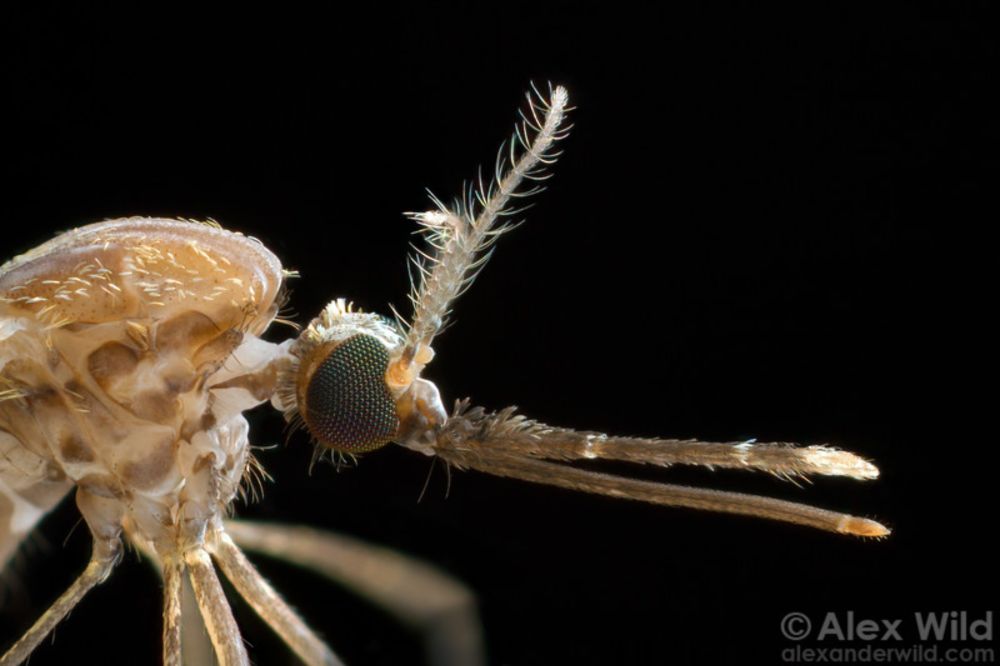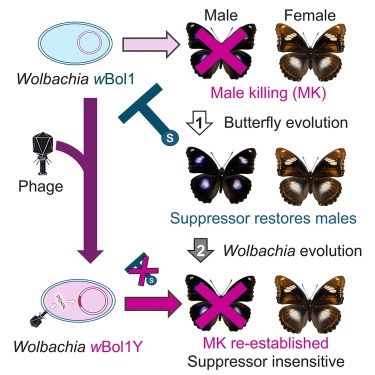Perran Ross
@perran.bsky.social
590 followers
520 following
45 posts
DECRA fellow at the University of Melbourne @pearg.bsky.social | Mosquitoes | Wolbachia | Endosymbionts | Evolutionary Adaptation
Posts
Media
Videos
Starter Packs
Reposted by Perran Ross
Reposted by Perran Ross
Reposted by Perran Ross
Perran Ross
@perran.bsky.social
· Aug 1

Wolbachia introgression in Rio de Janeiro remains at sub-optimal levels 30 months after its crash: challenges in the sustainability of wMel interventions for dengue control
The deployment of the Wolbachia wMel strain is currently underway in multiple dengue-endemic municipalities across Brazil. The efficacy of this strategy in Rio de Janeiro remains uncertain, primarily ...
www.biorxiv.org
Perran Ross
@perran.bsky.social
· Aug 1
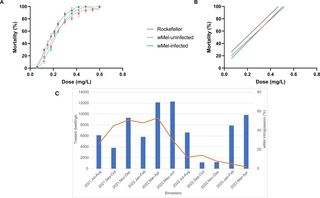
The long-term persistence of the wMel strain in Rio de Janeiro is threatened by poor integrated vector management and bacterium fitness cost on Aedes aegypti
Author summary In Rio de Janeiro, efforts to control diseases like dengue and chikungunya involve a myriad of approaches, including targeting breeding sites, insecticide application, engaging communit...
journals.plos.org
Perran Ross
@perran.bsky.social
· Aug 1
Beyond the Hype - Real-World Outcomes of wMel-Wolbachia Deployments: Why a Strategic Pause Is Needed
The Aedes aegypti mosquito is the primary global vector for arboviruses such as dengue, Zika, and chikungunya. The surge in arbovirus incidence poses an urgent
papers.ssrn.com
Reposted by Perran Ross
Becky Johnson
@entomososwin.bsky.social
· Jul 30

Implications of successive blood feeding on Wolbachia-mediated dengue virus inhibition in Aedes aegypti mosquitoes - Nature Communications
Dengue virus transmission by Ae. aegypti mosquitoes poses a significant public health threat, necessitating innovative control strategies. Here, the authors demonstrate that, while successive blood fe...
www.nature.com
Perran Ross
@perran.bsky.social
· Jul 30

Implications of successive blood feeding on Wolbachia-mediated dengue virus inhibition in Aedes aegypti mosquitoes
Nature Communications - Dengue virus transmission by Ae. aegypti mosquitoes poses a significant public health threat, necessitating innovative control strategies. Here, the authors demonstrate...
rdcu.be
Perran Ross
@perran.bsky.social
· Jul 26

Spiroplasma and heat hardening can buffer insect male fertility loss at high temperatures
Insects' upper thermal limits for survival, activity, and fertility have been used to assess vulnerability to climate change, yet heritable endosymbionts - present in over 70% of insect species - are ...
www.biorxiv.org
Reposted by Perran Ross
Reposted by Perran Ross
Grant Hughes
@mosquitomicrobe.bsky.social
· Jun 18

Post Doctoral Research Associate in Wolbachia Biology | Liverpool School of Tropical Medicine
Ready to make a difference in vector biology research? We are looking for a dedicated and enthusiastic researcher to join an exciting BBSRC-funded project exploring the fascinating interactions betwee...
app.vacancy-filler.co.uk
Perran Ross
@perran.bsky.social
· May 14
Consultation on the commercial release of a genetically modified (GM) mosquito strain (DIR 207)
- Australian Government Department of Health and Aged Care
-...
The site lists consultations that are run by the Department of Health and Ageing. On this site you can find, share or take part in consultations.
consultations.health.gov.au
Reposted by Perran Ross
Colin Carlson
@colincarlson.bsky.social
· Apr 30
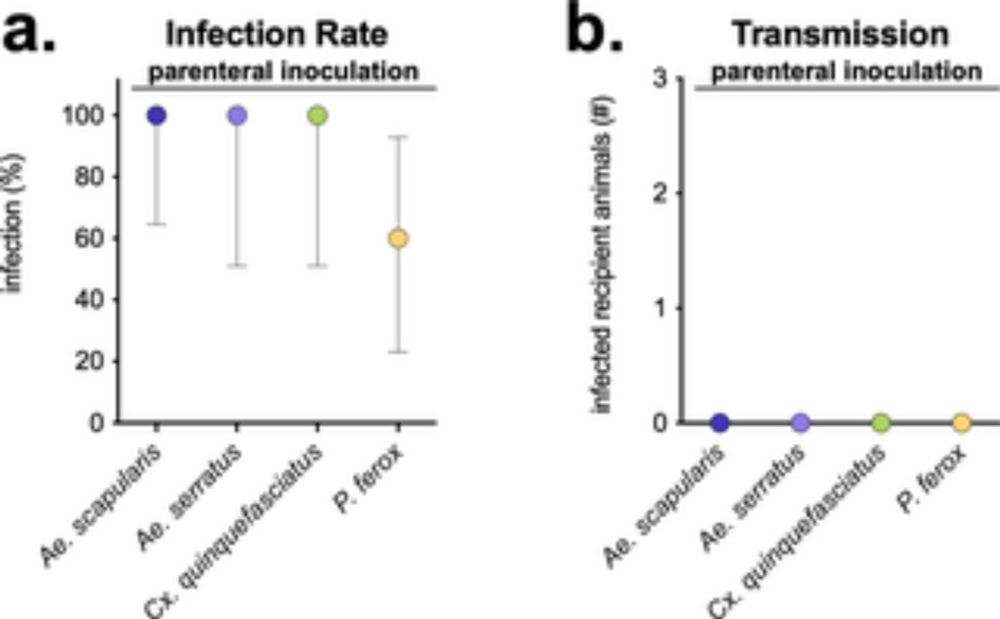
Vector competence for Oropouche virus: A systematic review of pre-2024 experiments
Oropouche virus has recently become an urgent threat to public health in Central and South America. OROV is mainly transmitted by biting midges; however, some public health agencies and scientific sou...
journals.plos.org
Reposted by Perran Ross









